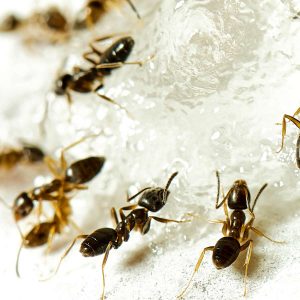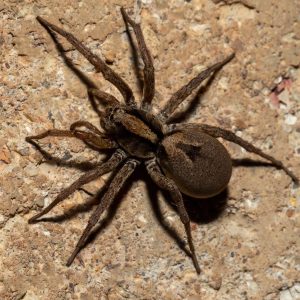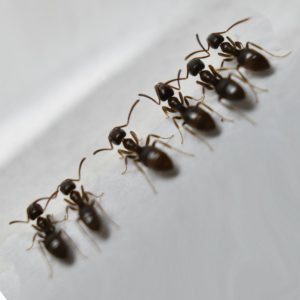Before we answer this question, let’s clear up a small terminology issue: poison is secreted by amphibians and insects to keep other animals from eating them. Venom is used by snakes, ants, and spiders, which inject it into their prey. With that definition in mind, we shouldn’t ask, “Are wolf spiders poisonous,” but rather, “are they venomous?”
And yes, they are venomous, but not dangerously so. There are only three spider species found in the U.S. that are considered potentially deadly: the black widow, brown recluse, and hobo spiders. This means that the vast majority of all the spiders you’ll ever encounter represent no serious threat.
A lot of people are afraid of wolf spiders because they’re big and hairy and have 26 eyes. Tarantulas are the largest members of the wolf spider family, but other species may be as small as ¼ inch long. With several hundred native wolf spider species in North America, it’s likely you’ve seen at least a few in your life. But no one has ever reported a serious health problem related to a wolf spider bite, not ever, not once. Still, nobody enjoys a spider bite.
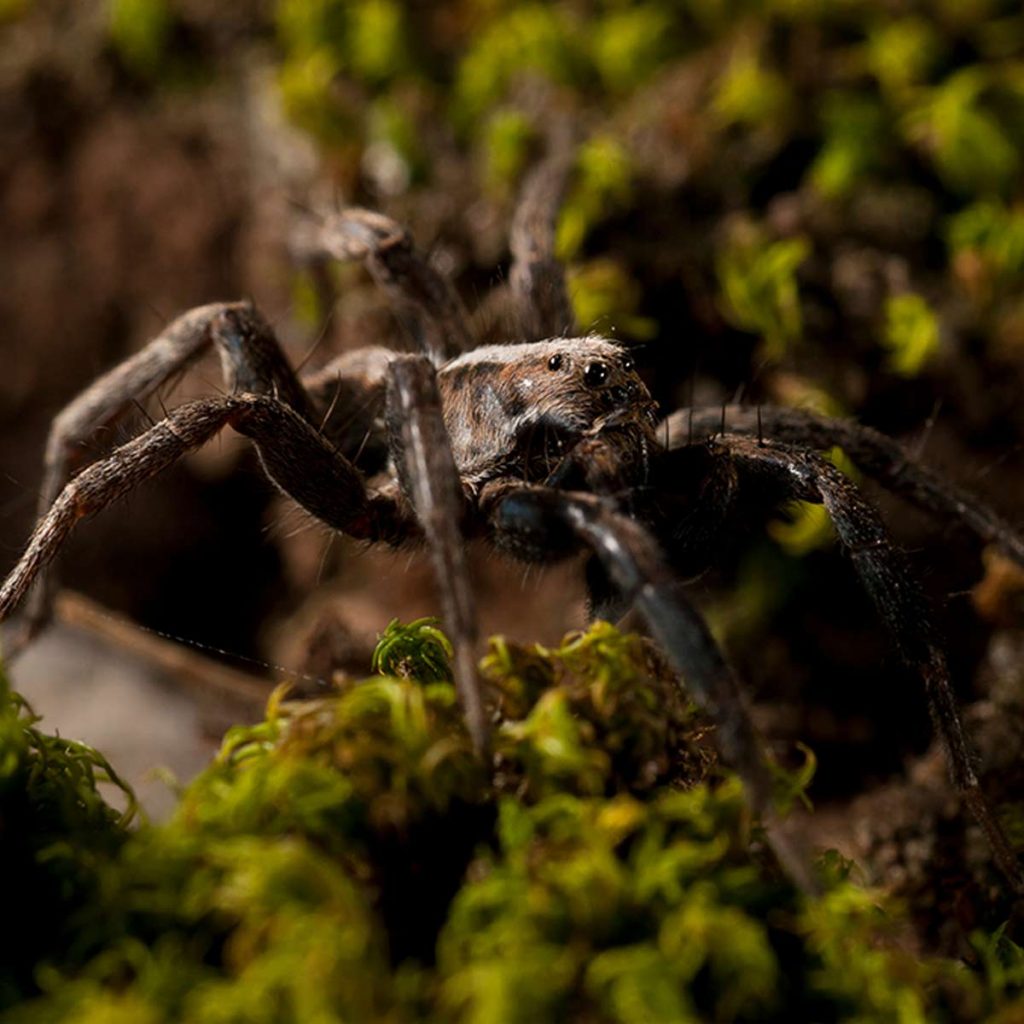
How Dangerous is a Wolf Spider Bite?
Wolf spiders rarely bite humans, and when it does happen, it’s usually through human error; by stepping on one, trapping it inside clothing, or trying to handle the spider. Basically, they’re more afraid of you than you are of them unless you force into a corner.
If you are bitten, it will probably hurt like a bee sting for a few minutes. It may hurt a lot because wolf spiders have large fangs, but the pain should subside quickly. A cold compress and an over-the-counter anti-inflammatory medication may help reduce swelling, itching, and inflammation. Wash the wounds well to prevent secondary infection, and your symptoms should subside within a few days.
Although rare, it is possible to have an allergic reaction to wolf spider venom, so be sure to seek medical treatment if you experience vomiting, nausea, shortness of breath, a rash around the bite, cramping or tight muscles around the bite, constant headache or dizziness, fever, shivers, or general weakness. Your doctor should be able to counteract the symptoms until the effects of the venom pass.
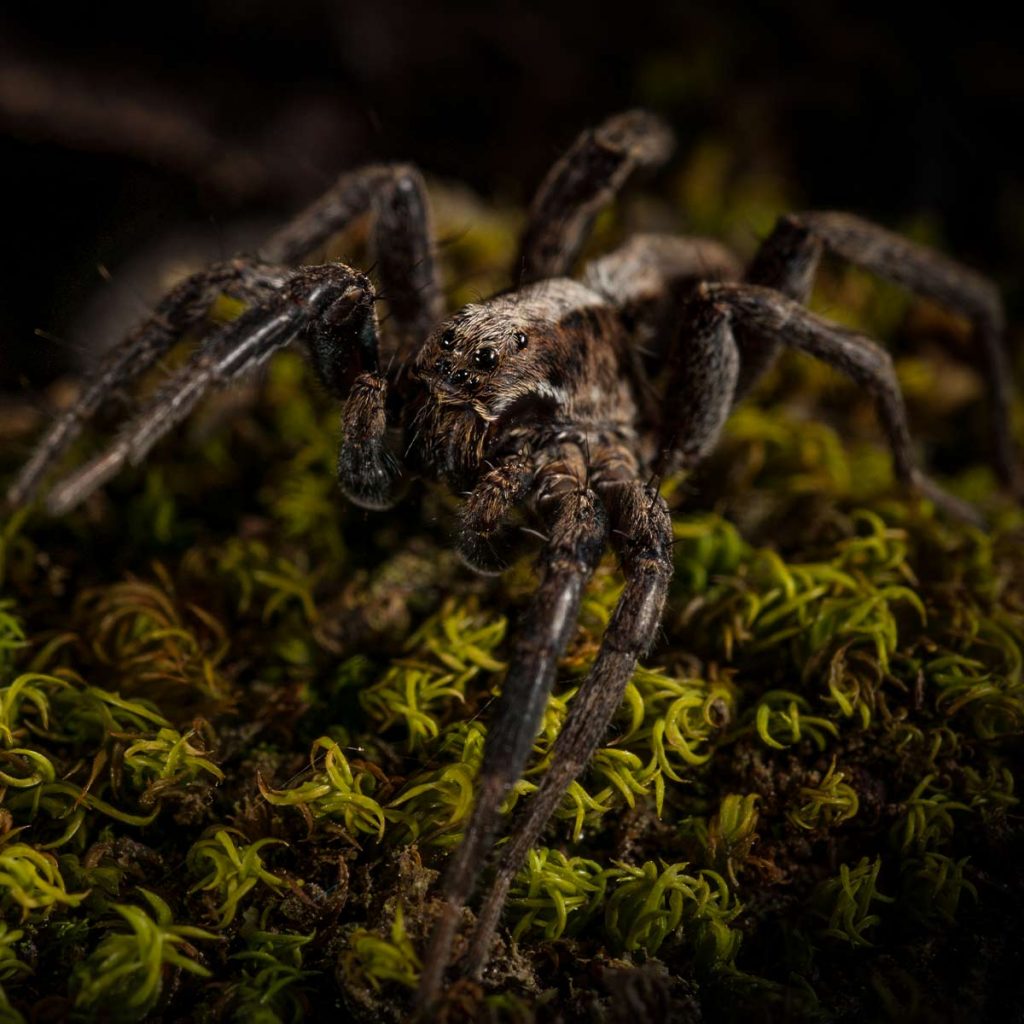
Where Do Wolf Spiders Live?
Wolf spiders can be found in an extreme variety of habitats, from deserts to rainforests, from mountains to savannahs. Some tunnel into the dirt, while others live under rocks, protective vegetation, or decaying plant matter. They may come into your home during cold weather, in search of a warm place to raise young. They often settle into house plants, garages, sheds, basements, and crawl spaces. Also watch for them around doors and windows.
Wolf spiders don’t leave cobwebs behind because they don’t build webs to catch food, preferring to run down their prey like a wolf. Yes, that’s how they got the cool name.
How to Avoid Wolf Spider Bites
Anytime you’re in a place that may harbor a wolf spider, a few basic guidelines should keep you clear:
- Turn over and shake out boots, shoes, and boxes before using them.
- Clean up any unnecessary clutter that might provide refuge for spiders.
- Make some noise as your approach. They’ll run, if you give them the chance.
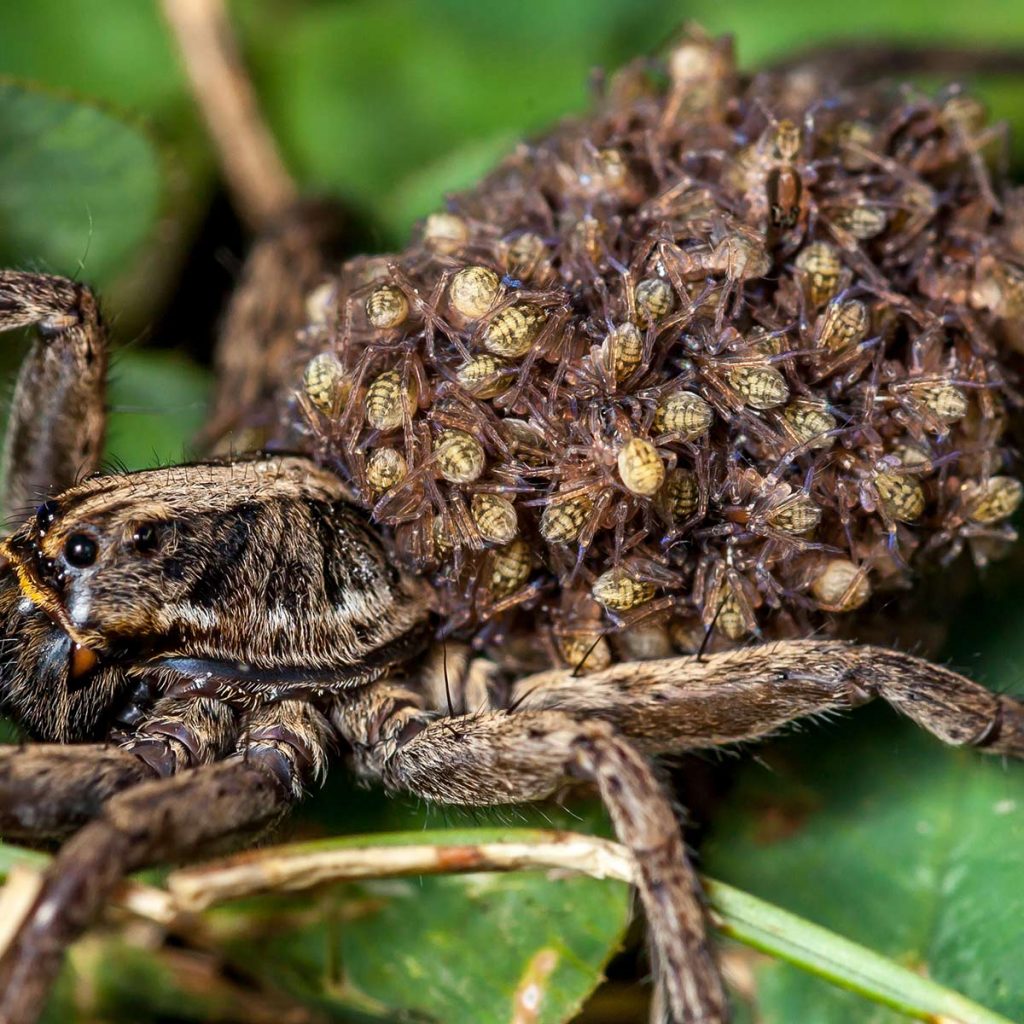
How to Deal with Wolf Spiders
There are actually benefits to having wolf spiders on your property. They eat cockroaches, beetles, mealworms, and crickets, so it’s not advisable to spray your yard with pesticide. It’s especially unadvisable if pets or children play in the yard.
If you see a wolf spider in your house, stay away from it and remove any hiding places that may encourage it to stay. Do not squash a wolf spider, as this can release hundreds of babies.
If you genuinely have a spider problem, contact a green pest control professional. We have tools and methods at our disposal to deal with any kind of pest while keeping your family and pets safe. Learn more on the Go Green Pest Control website, or give us a call to chat with a professional: (316) 733-0687 in Wichita or (785) 377-0687 in Manhattan and Junction City, Kansas.


